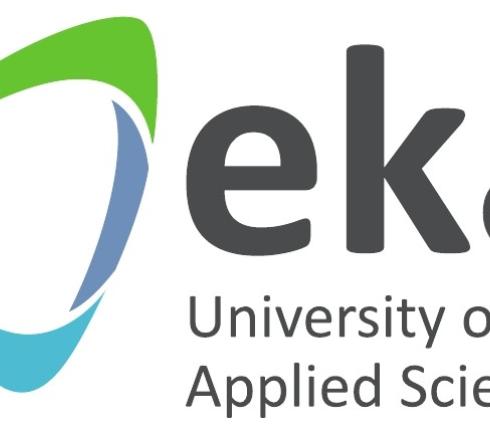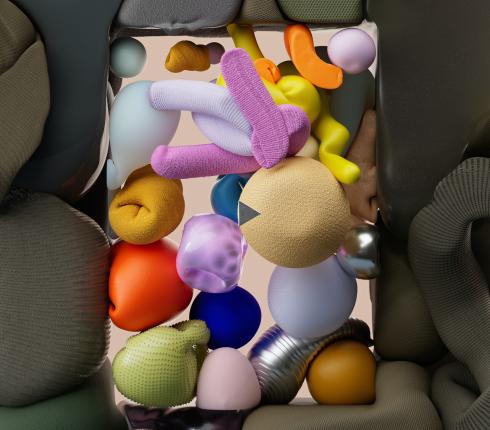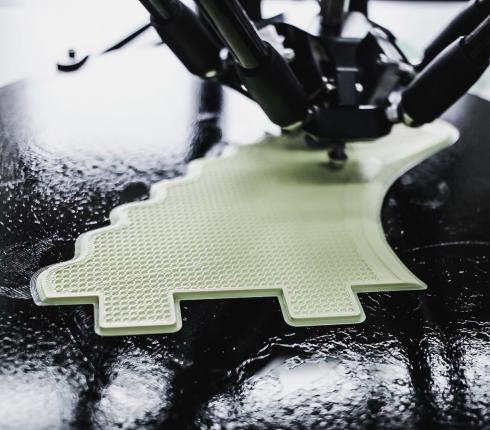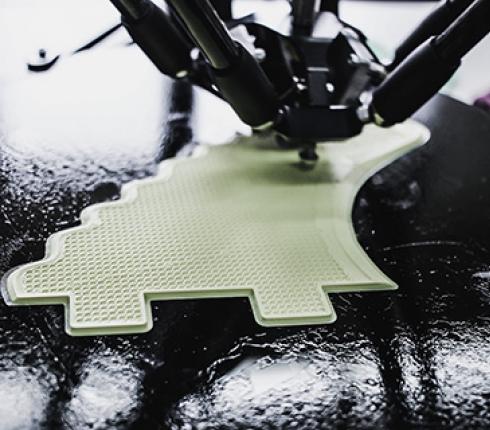NJORD Estonia: Action Plan for the legal framework of 3D Printing in the EU
In its resolution on 3D printing that was presented this summer, the European Parliament highlighted the innovative and promising aspects of this technology as well as the legal challenges. In this article, I would like to reflect on some of the legal issues with 3D printing.
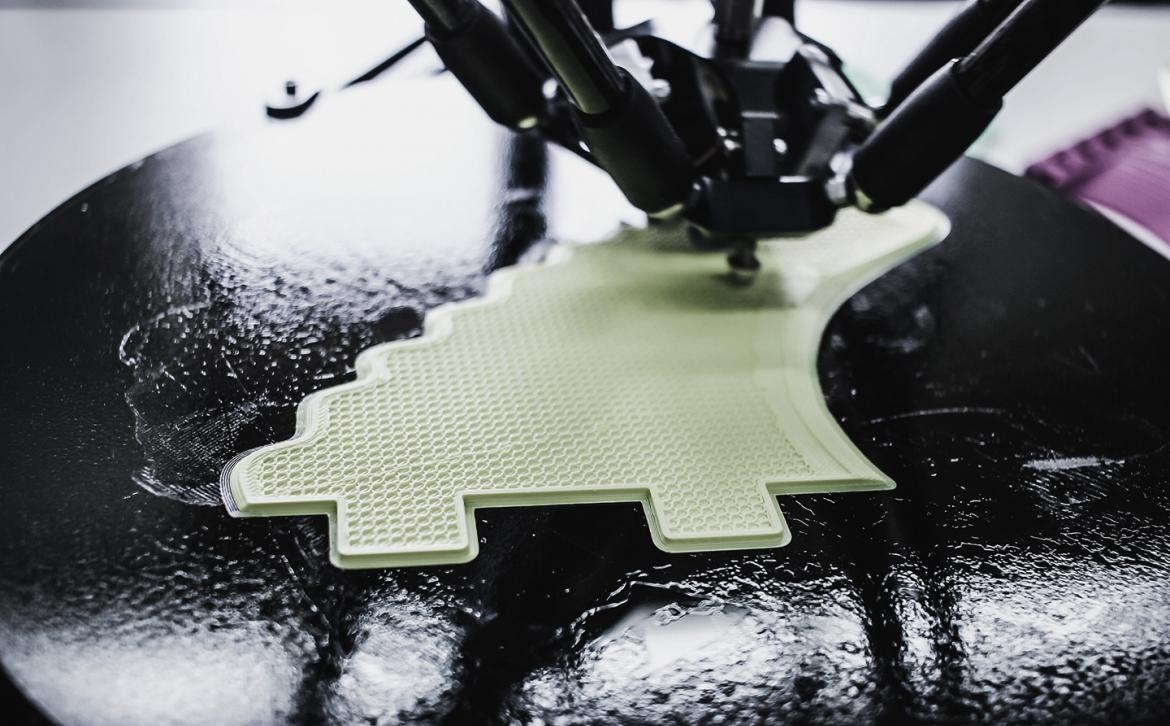
The innovative aspect of 3D printing is mostly related to the multiple producers in the process of designing or reproducing models in 3D and the fact that the printing itself is an additive manufacturing, as opposed to the traditional manufacturing process of objects being shaped through breaking, cutting, edging, casting, etc.
The resolution identifies the high expectations from the general public regarding 3D as it can potentially print in any kind of material, which include a wide scope of development for the medical sector, for example.
Many high-tech industries in the secondary sector use 3D printing in their manufacturing lines already. The European Parliament sees a relevant economical potential and points to Europe assuming a global leading role here.
A quick search on the top global 3D printing enterprises shows, however, a prevalence of companies incorporated in the United States. From a sample of 13 companies, 7 were from the United States, 5 from the European Union, and 1 is from Australia.
The Action Plan identifies two areas where legal problems can be anticipated: intellectual property and civil liability. The Action Plan calls for the possibility of adopting new laws or of adapting the existing ones for a full regulation of 3D printing.
Intellectual Property
A CAD file that holds the drafting information can be an object of copyright protection. This protection for the CAD file only exists when the file is created from zero by a physical person who uses his or her creative originality to make the file. This means that 3D printing that originates from a scanning process of an already existing object, in principle will not be protected by copyright.
Design protection can be used for the printed object and has in its scope the shape and features of the 3D printed object in its entirety or in part.
If the plan for a patented object is contained in a CAD file, then it can constitute a part of a claimed or granted patent.
3D printing brands can be trademark protected if duly registered. Nowadays, a 3D object can be registered as a trademark.
The ease of online sharing of CAD files (legally and illegally) and illegal reproduction are the largest threats to intellectual property protection.
From the above-mentioned IP protection categories, only copyright does not need to be registered for the author/owner to enjoy legal protection.
Product Liability Directive 85/374/EEC
The Directive identifies the “producer” as the manufacturer of the finished product or part of it, or of any related raw material as well as anyone that presents himself as the producer (by owning the trademark, for example). In a 3D printing case it is easy to immediately identify the multitude of potential producers like the producer of the material that will be printed, the CAD file designer or the 3D printer manufacturer, among others.
The Directive further indicates that any person who imports into the Community a product for distribution in the course of his business is equivalent to a producer and, therefore, responsible as a producer. When proven that two or more persons are liable for the same damage, they shall be liable jointly and severally.
For the final consumer, finding the producer of a 3D printed defective product can be difficult, but the Directive presents solutions that might bring liability to the distributor, making it easy for the consumer to file a claim.
However, a challenge the consumers might face is the fact that they have the burden of proof, as the injured person must prove the damage, the defect and the causal relationship between defect and damage. And quite possible the person printing might actually be the consumer himself who has (legally) downloaded a CAD file from the Internet. Who is then to blame when the printed object is faulty?
Action Plan
The EU Parliament concludes the Action Plan with three legal questions:
- Is the Directive on liability for defective products suitable for 3D printing?
- Is there a need for civil liability for damages not covered by the Directive?
- What are the parties involved in 3D printing and their responsibilities?
In Estonia, the legal acts in question (copy right act, patent act, etc.) as well as the General Part of the Civil Code Act could be used for 3D printing legal issues without any urgent need for amendments. This is also a good quality testimonial for the Estonian legislator, as a good law should be drafted so it is neutral to the technology used. Life will always lead to new technology, but the legal framework should remain without a constant need for change as this would be in contrast to the principle of predictability, a cornerstone in a state built on the rule of law.





